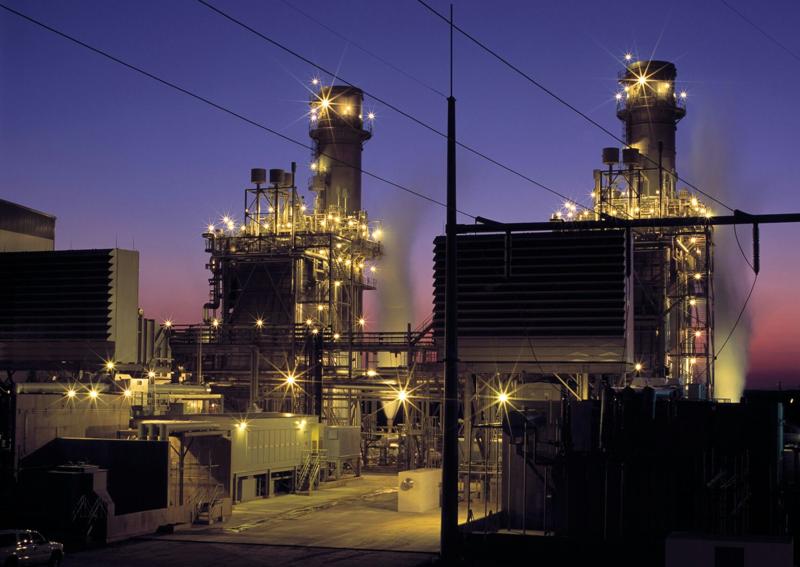(The Center Square) – Puget Sound Energy, the state’s largest utility provider, is facing a significant energy shortage by the end of the decade unless it finds more resources. One of its officials recently acknowledged the plan could initially include natural gas.
According to a recent presentation to the Northwest Power and Conservation Council, PSE’s Vice President for Clean Energy Strategy and Planning Josh Jacobs said that the utility could have a 2,700 megawatt capacity shortage by 2030.
Among the reasons for the energy shortage is a provision under the Clean Energy Transformation Act of 2019 prohibiting utilities from using electricity derived from coal-fire plants starting in 2025. According to Jacobs, it will represent a loss of 750 megawatts in electrical power moving forward that will need to be replaced with something else.
Coal is among several energy sources, such as natural gas, that has been the target of efforts to “decarbonize” the state’s energy sector. While natural gas could be kept around to aid the transition away from carbon-emitting electricity sources, new houses may not be able to use it for cooking and heating if an updated building code currently under legal challenge is upheld.
Jacobs told the council that resource adequacy is “certainly a theme within the walls of PSE.”
Overall, in just six years the utility will need to expand its current energy capacity by 6,700 megawatts to comply with CETA and meet demand, which Jacobs described as a “daunting challenge” because it “is more generation than we’ve invested in over the last 100 years.”
Although PSE could utilize energy sources that allow for four-hour storage, Jacobs said “we need to pair with something that’s longer.” While wind and solar energy has been added to PSE’s portfolio, relying on them to meet demand puts the system’s reliability at risk.
Potentially among more reliable resources is nuclear power. PSE is currently working on a feasibility study for a small modular nuclear reactor facility, while also working with Form Energy on a 10-megawatt iron-air long duration battery storage facility.
However, Jacobs warned the council that some of the technologies they’re investing in won’t go online by the time the energy demands arrive. To close the gap, he said they may need “hybrid-peaking resources that help us today but have a pathway to a sustainable future. We may need to look at resources that start on natural gas, or a percentage of natural gas, blend it with hydrogen, (and) backed it up with renewable diesel.”
Concerns about regional energy resource adequacy have been raised numerous times in the years following CETA’s passage in 2019. At a 2021 resource adequacy meeting between the State Department of Commerce and the Utilities and Transportation Commission, Benton County PUD General Manager Rick Dunn told them that the state faces an enormous energy gap that could threaten system stability in a way not seen since the 2000-2001 Western energy crisis.
An E3 study released the same year CETA was enacted warned that the entire Pacific Northwest faced a 7,000 megawatt near-term capacity shortage by 2025 and up to 10,000 megawatts by 2030, noting that “planned resource additions do not fill this gap.”







